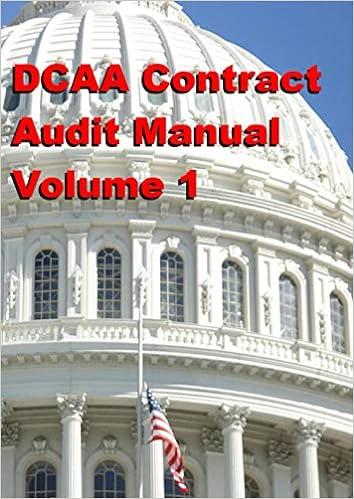Question
Case 4-1 Bessrawl Corporation Bessrawl Corporation is a U. S.- based company that prepares its consolidated financial statements in accordance with U. S. GAAP. The
Case 4-1
Bessrawl Corporation Bessrawl Corporation is a U. S.- based company that prepares its consolidated financial statements in accordance with U. S. GAAP. The company reported income in 2011 of $1,000,000 and stockholders equity at December 31, 2011, of $8,000,000. The CFO of Bessrawl has learned that the U. S. Securities and Exchange Commission is considering giving U. S. companies the option of using either U. S. GAAP or IFRS in preparing consolidated financial statements. The company wishes to determine the impact that a switch to IFRS would have on its financial statements and has engaged you to prepare a reconciliation of income and stockholders equity from U. S. GAAP to IFRS. You have identified the following six areas in which Bessrawls accounting principles based on U. S. GAAP differ from IFRS. 1. Inventory 2. Property, plant and equipment 3. Intangible assets 4. Research and development costs 5. Sale and leaseback transaction Bessrawl provides the following information with respect to each of these accounting differences. Inventory: at year-end 2011, inventory had a historical cost $250,000, a replacement cost of $180,000, a net realizable value of $190,000, and a normal profit margin of 20%. Property, plant and equipment: the company acquired a building at the beginning of 2010 at a cost of $2,750,000. The building has an estimated useful life of 25 years, an estimated residual value of $250,000 and is being depreciated on straight-line basis. At the beginning of 2011, the building was appraised and determined to have a fair value of $3,250,000. There is no change in estimated useful life or residual value. In a switch to IFRS, the company would use the revaluation model in IAS 16 to determine the carrying value of property, plant, and equipment subsequent to acquisition. Intangible assets: As part of a business combination in 2008, the company acquired a brand with a fair value of $40,000. The brand is classified as an intangible asset with an indefinite life. At year-end 2011, the brand is determined to have a selling price of $35,000 with zero cost sell. Expected future cash flows from continued use of the brand are $42,000 and the present value of the expected future cash flows is $34,000. Research and development costs: the company incurred research and development costs of $200,000 in 2011. Of this amount, 40% related to development activities subsequent to the point at which criteria had been met indicating that an intangible asset existed. As of the end of 2011, development of the new product had not been completed. Sale and leaseback transaction: in January 2009, the company realized a gain on the sale-and-leaseback of an office building in the amount of $150,000. The lease is accounted for as an operating lease, and the term of the lease is five years.
Required: prepare reconciliation schedule to convert 2011 income and December 31, 2011, stockholders equity from a U.S. GAAP basis to IFRS. Ignore taxes. Prepare a note to explain each adjustment made in the reconciliation schedule.
Step by Step Solution
There are 3 Steps involved in it
Step: 1

Get Instant Access to Expert-Tailored Solutions
See step-by-step solutions with expert insights and AI powered tools for academic success
Step: 2

Step: 3

Ace Your Homework with AI
Get the answers you need in no time with our AI-driven, step-by-step assistance
Get Started


